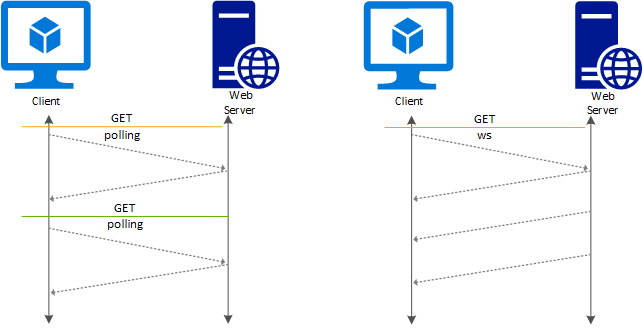Picture a lively conversation between two friends. One speaks, the other responds instantly. Now imagine if every message had to be delivered by a courier who takes a few minutes to run back and forth. The spontaneity disappears. That’s the difference between traditional request-response communication and real-time communication enabled by WebSockets.
WebSockets transform web experiences into conversations instead of exchanges of letters. They create a persistent connection, allowing data to flow both ways without interruption. This capability is what powers the interactivity of modern apps—from chat platforms to collaborative tools.
Why Real-time Experiences Matter
In today’s digital landscape, speed is no longer a luxury; it’s expected. Users want updates the moment they happen—stock prices shifting in seconds, game scores changing live, or chat messages arriving instantly.
Without real-time connections, these experiences lose their spark. Imagine tracking a stock portfolio that updates every five minutes instead of instantly—it would feel outdated. WebSockets eliminate the lag by maintaining a live pipeline between server and client, ensuring every event is reflected without delay.
Many learners exploring modern development through full-stack developer classes begin with projects like chat apps. These hands-on exercises highlight why real-time interactivity has become essential in user-centric design.
How WebSockets Work Behind the Scenes
Think of WebSockets as building a bridge instead of running ferries. With HTTP requests, every trip requires starting from scratch: open the ferry, carry the passenger, close it, and repeat. With WebSockets, the bridge stays open, letting data travel freely both ways.
The process starts with a handshake over HTTP. Once established, the connection upgrades to WebSocket, staying active until either side decides to close it. This persistent link is what enables instant communication without the need to open new channels repeatedly.
Real-world Applications of WebSockets
WebSockets power some of the most interactive experiences we use daily:
- Messaging Platforms: From Slack to WhatsApp, instant delivery relies on persistent connections.
- Collaborative Tools: Google Docs-style editing works because WebSockets synchronise changes in real time.
- Gaming: Multiplayer online games depend on WebSockets to broadcast movements and actions instantly.
- Finance Dashboards: Real-time price feeds and trade executions are made seamless through constant connections.
In each case, users don’t just consume information—they participate in dynamic, ongoing interactions.
Designing APIs with WebSockets
Building with WebSockets requires thinking differently from traditional APIs. Instead of designing endpoints that respond to one-off requests, you design event-driven systems where the server can push updates proactively.
Best practices include:
- Managing Connections Efficiently: Ensure servers can handle large volumes of concurrent users.
- Using Namespaces or Channels: Segment data streams so users only receive relevant updates.
- Fallback Mechanisms: Provide alternatives like long polling if WebSocket connections fail.
These design principles ensure applications scale effectively while maintaining performance.
Advanced training programmes, including full-stack developer classes, often incorporate WebSocket-based projects to teach students how event-driven architectures differ from request-response systems.
Challenges and Considerations
While powerful, WebSockets aren’t without hurdles. Maintaining persistent connections can strain resources if not optimised. Monitoring and debugging distributed real-time systems is also more complex than traditional APIs.
Security is another concern—persistent connections must be encrypted, authenticated, and carefully managed to prevent misuse. Developers must strike a balance between convenience and robust safeguards to ensure reliability.
Conclusion
WebSockets have redefined how digital applications communicate. By keeping connections alive, they transform static pages into interactive, real-time experiences that feel more like conversations than transactions.
From chat apps to financial dashboards, WebSockets deliver the immediacy users now expect. For developers, they represent not just a technical tool but a shift in mindset—from handling requests to orchestrating ongoing dialogues.
In a world where immediacy equals value, WebSockets are the backbone of truly interactive applications.
